Outdoor Classroom Plants
Learn more about the most common plants found in outdoor classrooms in Alabama!
Click on the links below for more details:
Plant Webpages | Leaf & Flower Shapes Charts | Plant ID Signs | Avoid Non-native Invasive Plants
Click on each plant's name below to learn:
- how to identify each plant,
- how each plant helps wildlife,
- what each plant needs for its habitat, and
- how to take care of each plant.
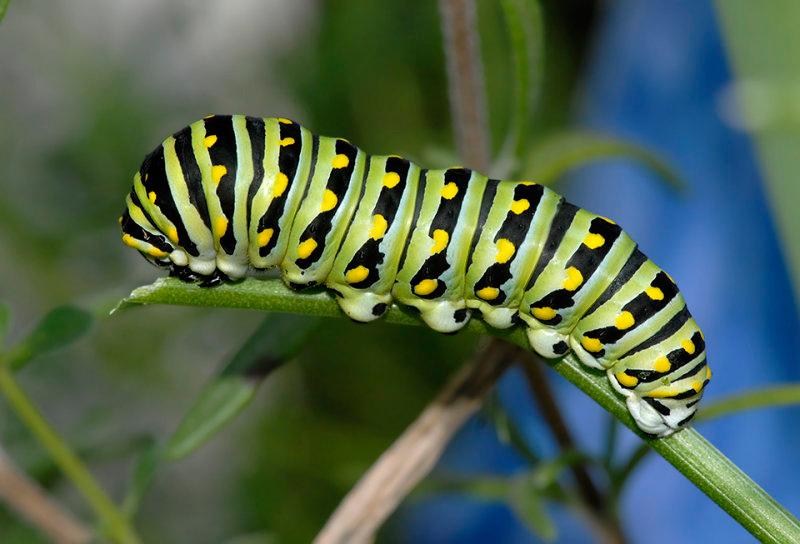 Caterpillar Garden Blue False Indigo Bronze Fennel Butterfly Milkweed Common Yarrow Passionflower Vine |
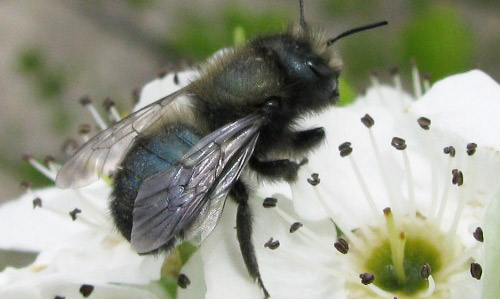 Pollinator Garden Bee Balm Beeblossom Indian Blanket Lanceleaf Tickseed Narrowleaf Sunflower |
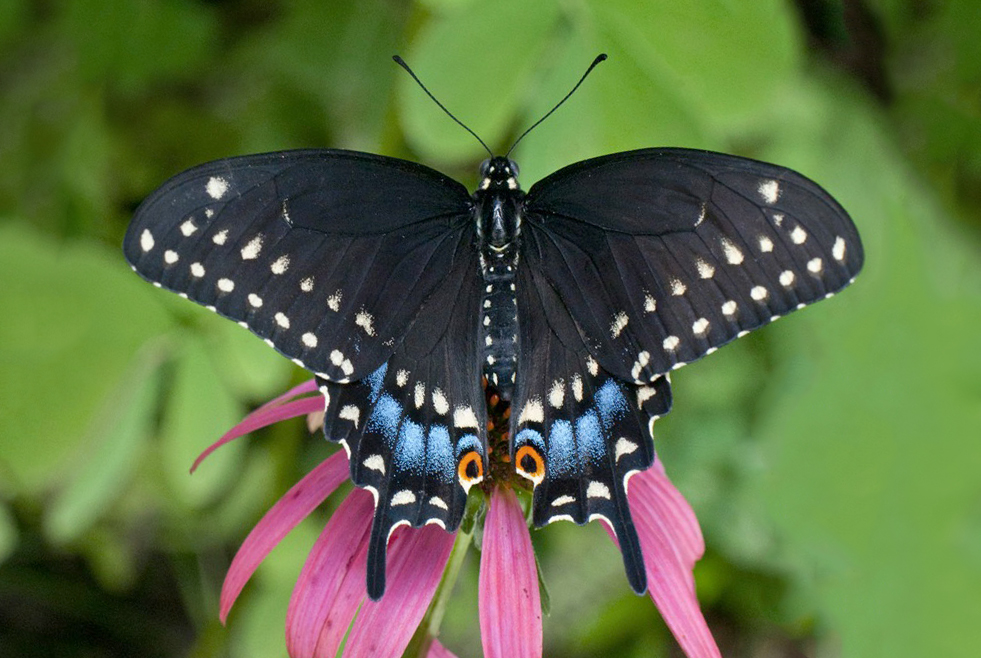 Butterfly Garden Dense Blazing Star Miss Huff Lantana Red Sage Rose Vervain New England Aster / Stokes Aster |
 Frog & Toad Habitat Eastern Red Columbine Heartleaf Foamflower Horsetail Joe-pye Weed Lady Fern Lizard’s Tail Wild Ginger Southern Woodfern |
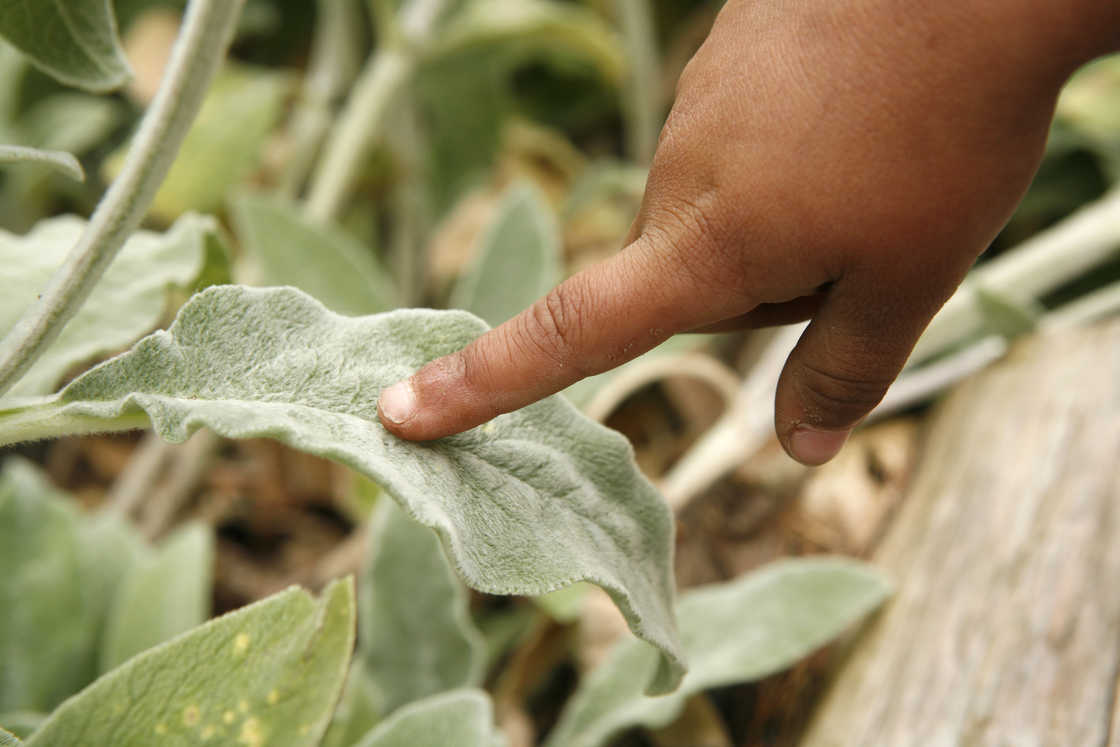 Sensory Garden Autumn Joy Sedum Lamb’s Ear Lavender Rosemary Spearmint |
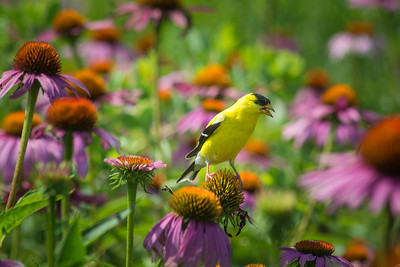 Songbird Garden Black-eyed Susan Cardinal Flower Purple Coneflower |
CLICK HERE to learn why it is important to plant native plant species instead of non-native species whenever possible.
Leaf & Flower Shapes Charts for Plant Identification
Use these charts to learn how the shapes and arrangement of each plant's leaves and flowers can help you identify it:
- Common Leaf Shapes & Arrangements AND Flower Shapes Charts (PDF can be printed as a one-page handout)
- Common Leaf Shapes and Arrangements Chart (JPG can be displayed on smart board for review)
- Common Flower Shapes Chart (JPG can be displayed on smart board for review)
FOR TEACHERS: How to Create Plant Identification Signs
Follow these steps to create and incorporate Plant Identification Signs in your outdoor classroom:
1. Create the plant ID signs on durable outdoor material such as .80 aluminum. Here are three options:
- Plant ID Sign Templates: Use our Plant ID templates for each of the plants in the above list of plant webpages. Templates are provided as Word Docs (can be edited) and as PDFs. Each identification sign template includes the plant's common name, Latin name, ecological purpose, native/non-native status, and for those that have a webpage the sign includes a unique QR Code that can be scanned to link to the plant ID webpage.
- Plant ID Sign Order Form & Templates: Fill out our Plant ID Signs Order Form (Word Doc | PDF) and give it to your local printer. It includes plant ID sign templates for ALL of the most common plant species in Alabama's outdoor classrooms, including plants that we have not yet made webpages for.
- Make your own: Download the QR Code for the species that you have in your outdoor classroom, and incorporate the QR Codes in your Plant ID Sign designs.
3. Place the completed plant identification signs around your outdoor classroom accompanying their respective plant species.
*If you prefer to create your own custom QR Code with your schools logo, colors, etc., you can do so HERE. Just copy the URL address for the plant species webpage you want the QR code to direct you to, and paste it in the "enter content" section on the QR Code Generator webpage. Then, cutomize the colors, logo, and design before clicking "Create QR Code" then "Download PNG".
Other Example Plant Identification Signs
Plant ID signs can explain the purpose of the plant in addition to identifying it. The following are example plant ID signs:
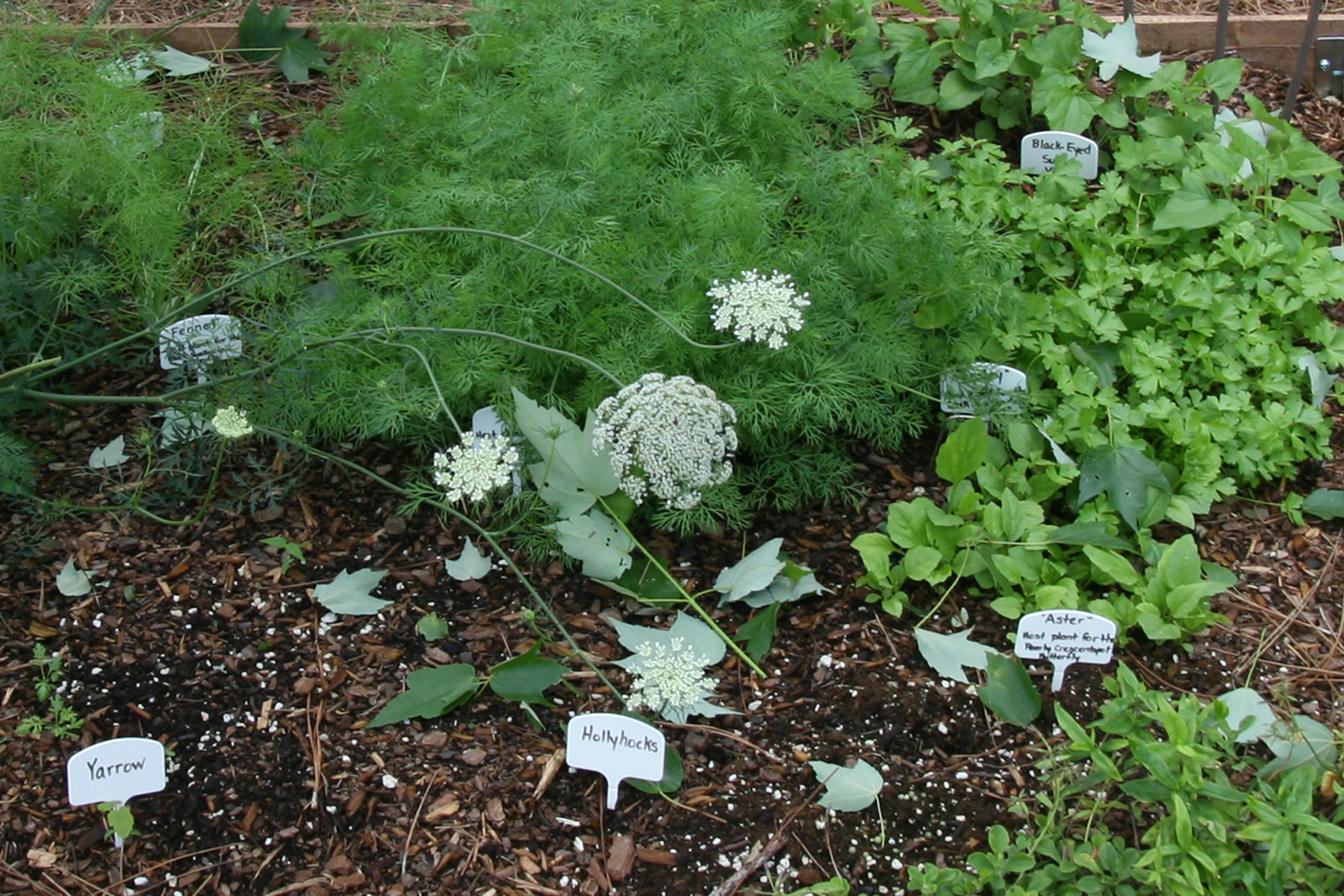 |
 |
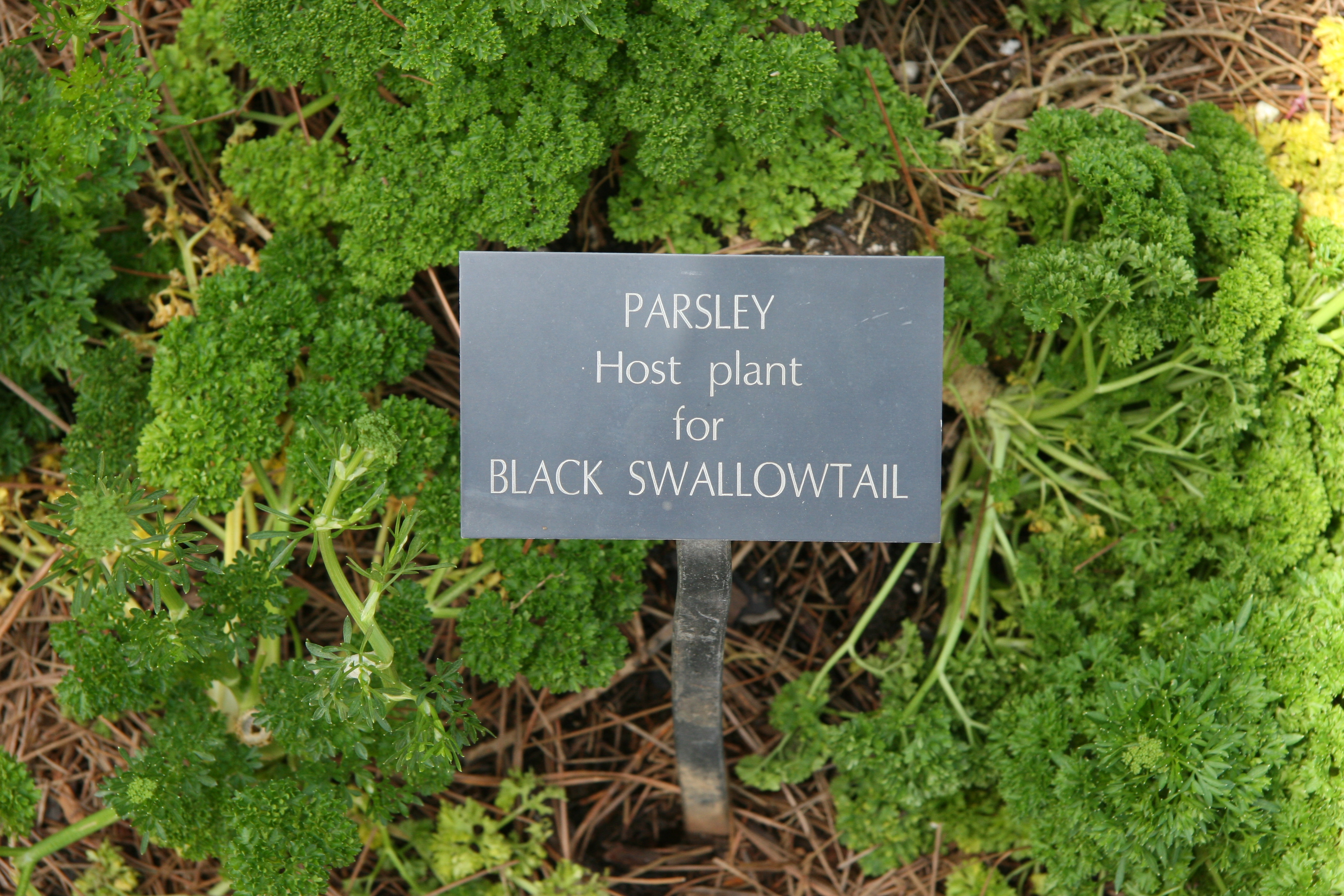 |
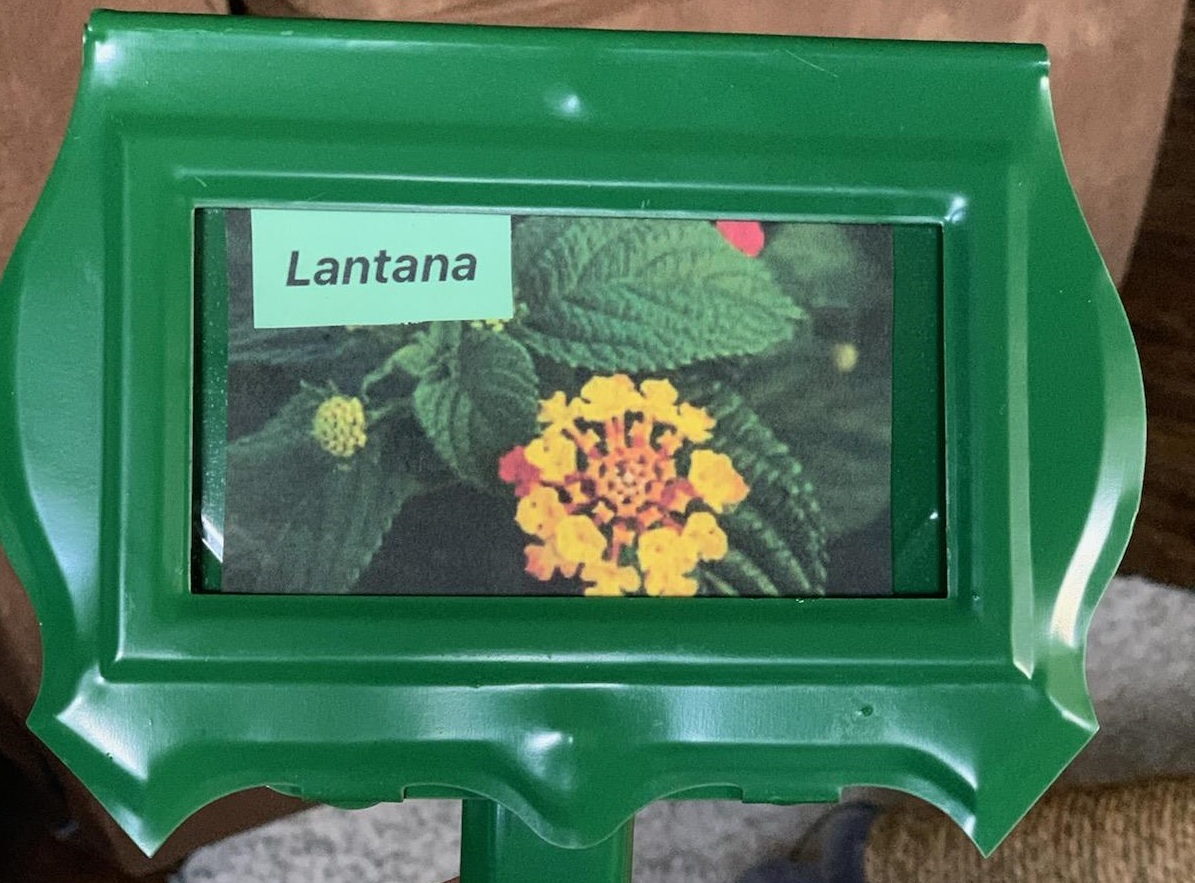 |
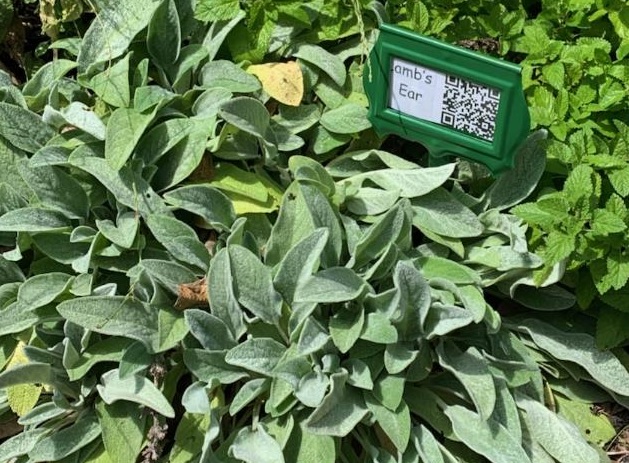 |
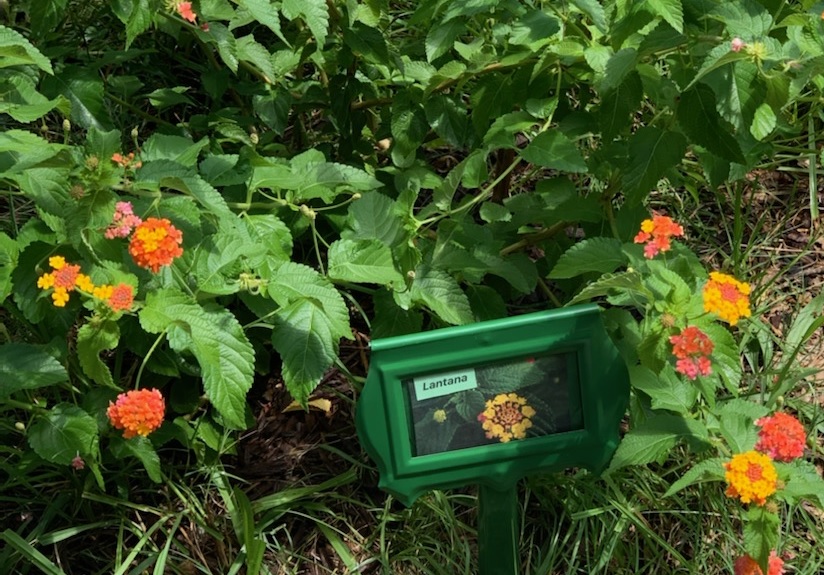 |
.
 Wildlife Tag
Wildlife Tag